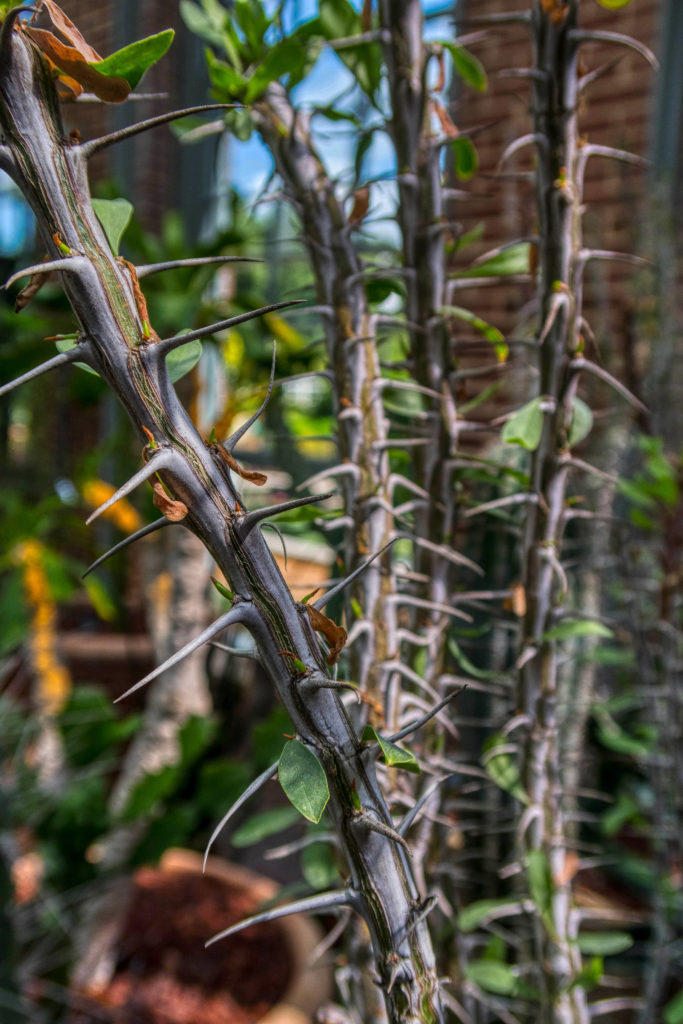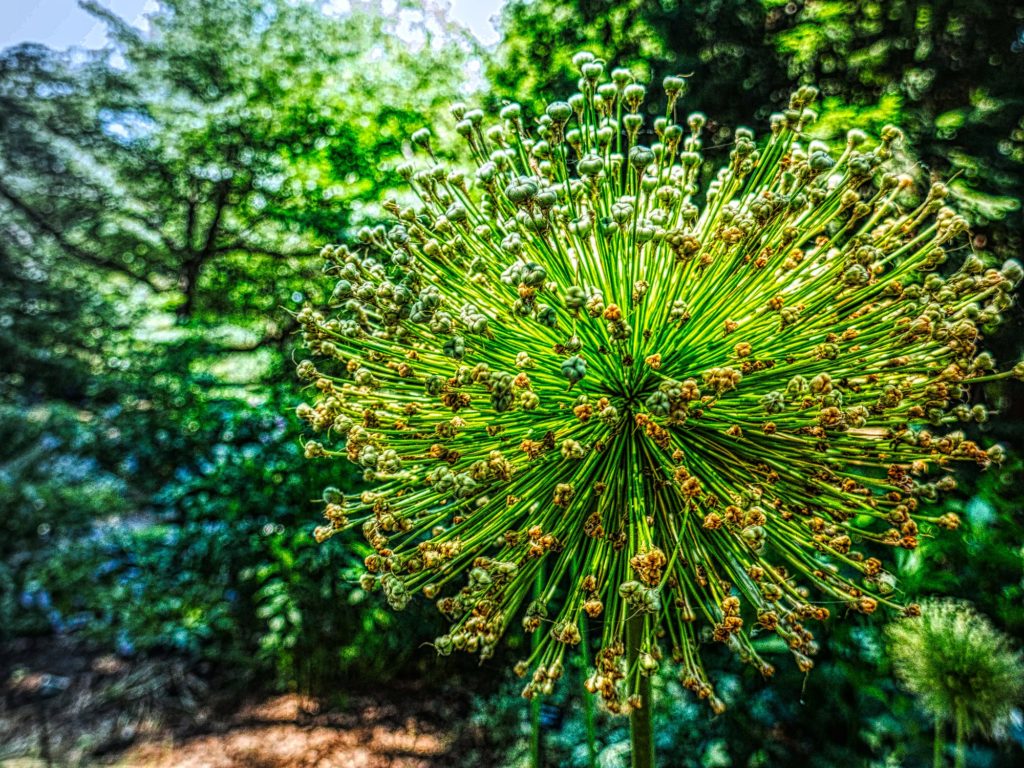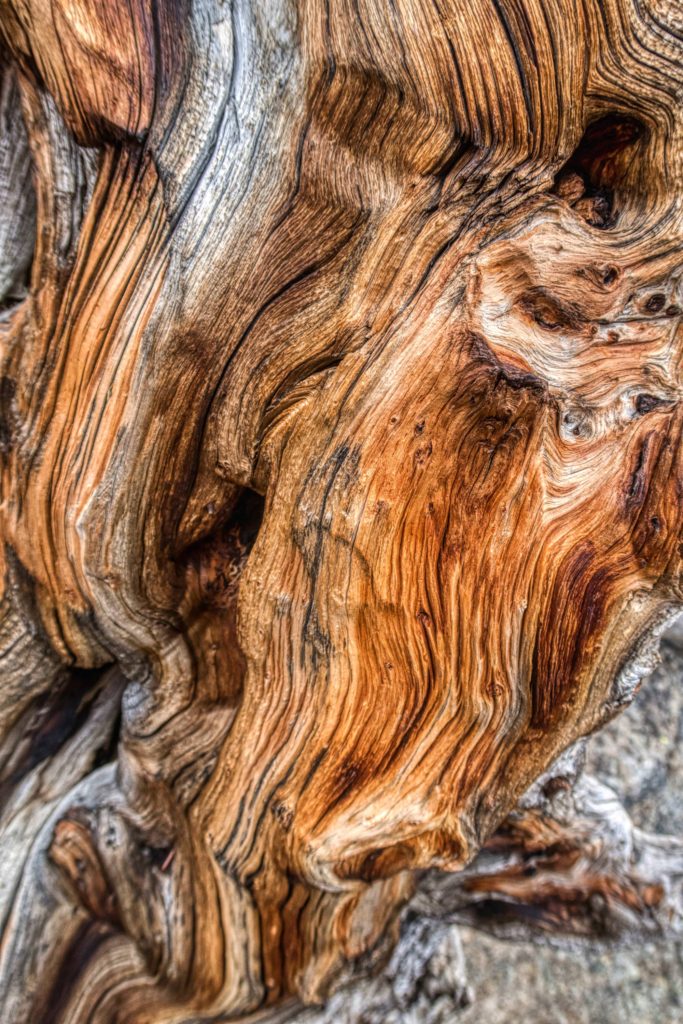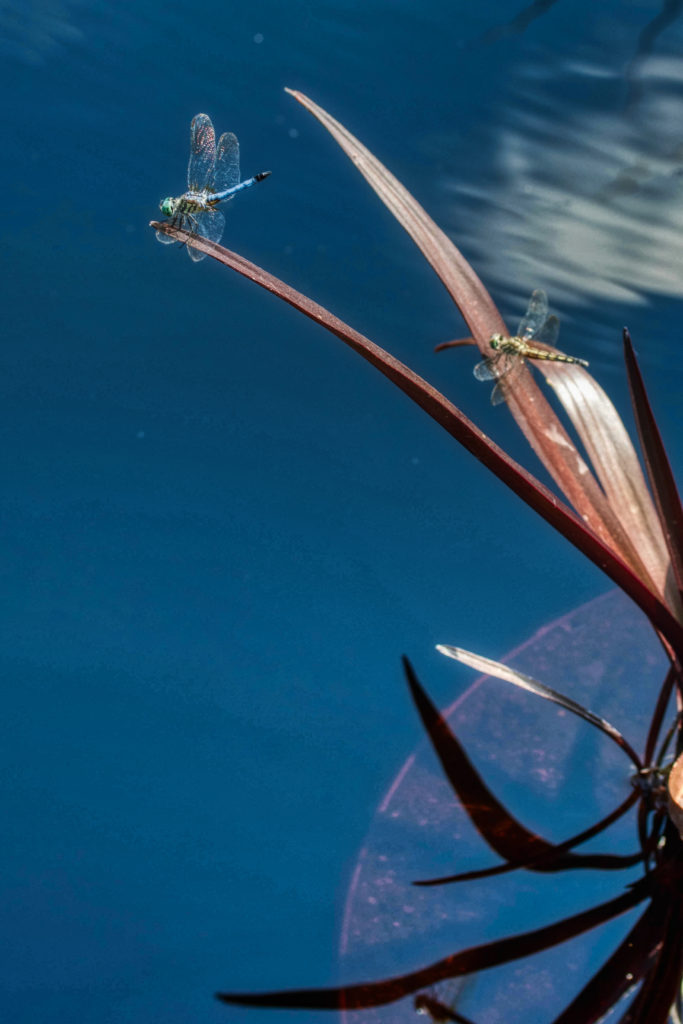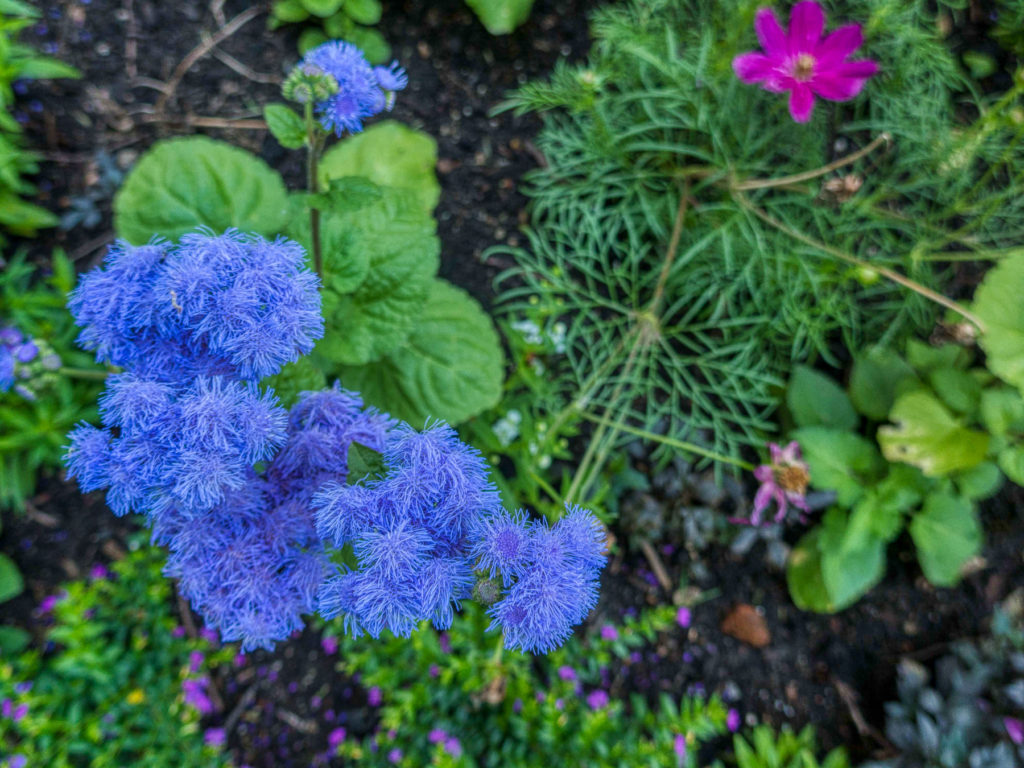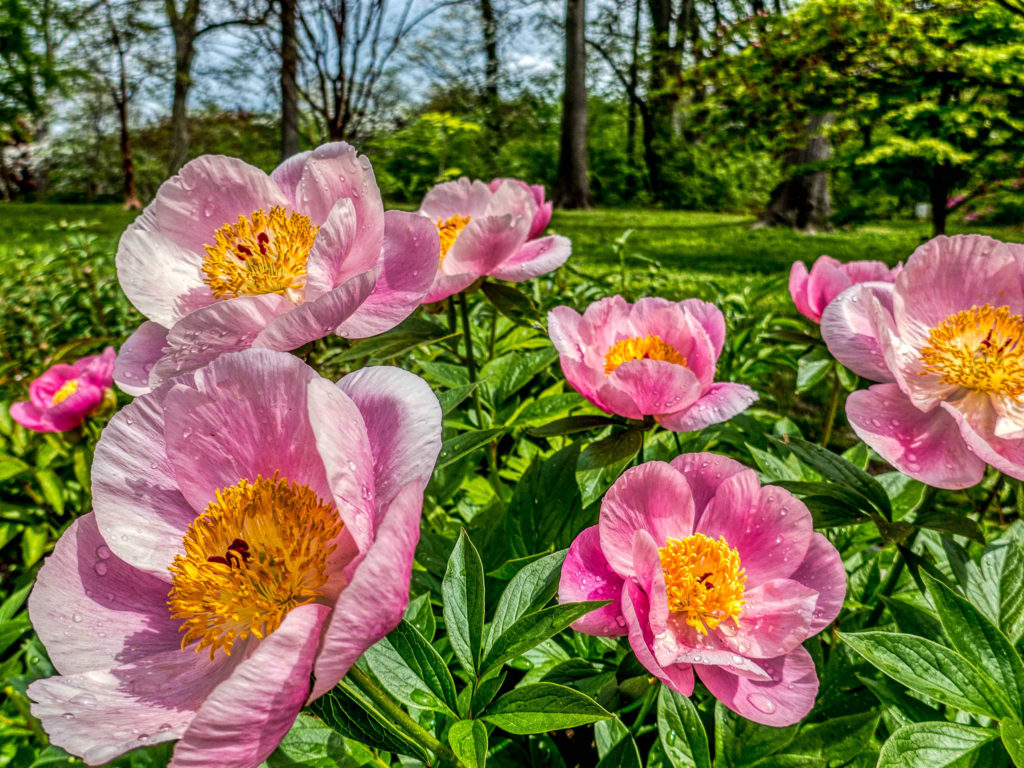This morning I pretended I lived in a world without any plants. I pretended I was an inventor.
My first client asked me to invent something she called “plants.” She was entirely concerned with function, not aesthetics. She had some very demanding requirements. Each of these living things would be rooted to one position for their entire lives. They would not be able to move. I said, “Oh, like sponges . . . ” She corrected me: “No, sponges are animals like you!” She handed me information showing how plants differ from animals, though there are many similarities too, since all plants and all animals have common eukaryote ancestors.
At first, I was relieved that my task was to design only plants, not animals, because this would save me a lot of work. There will be no need to design locomotion, vision, migration or hunting behaviors. There would not be a need for any sort of biologically expensive brain that would offer neural plasticity, the ability for an individual plants to learn. A bit more thinking made me realize that this was going to be incredibly difficult. How does one design the ability for organisms to survive day to day when they are stuck in one place? The more I thought about this project, the more daunting it seemed.
My client required that these stuck-in-one-place organisms would need to feed themselves, survive variable weather, and defend themselves from other plants and animals. I exclaimed, “This is going to be very difficult!” The client then told me that there were two more non-negotiable requirements: “The plants will need to mate in order to recreate themselves, and they need to disperse their offspring, at least somewhat, into the environment. They will need to migrate as they propagate. She told me that plants will need to be able to develop symbiotic relationships with other organisms.”
In this thought experiment, all of this seemed impossible, so I turned down the assignment. I had no confidence that I could make any headway.
When I was young, I much preferred the zoo to the botanical garden. I wanted to see organisms that moved and made noises. As an adult, I have learned to appreciate the vast complexity and robust functionality of plants. They don’t run around and they don’t roar like lions, but sufficient numbers of them, much of the time, survive long enough to pass on their genes to their offspring, even with what appear to be immense biological limitations. Have you ever seen the images of abandoned cities? Weeds will eventually find cracks in the mightiest concrete structures and plants will eventually take over entire cities, just as they took over the glorious tall pyramids and temples of the ancient Maya in Tikal.
The complexity of plants leads many people to attempt to “explain” them by uttering the word “God,” but then they show no interest in explaining “God.” Non-religious People like me are also awestruck by plants and we appreciate the work of scientists, but we know deep down that the plants in our gardens, the ones we are seeing with our own eyes, seem impossible. The thought that plants can’t possibly exist keeps popping into my head, but plants do exist and many of them are thriving. In wonderment, as I consider how plants manage to survive, I am often left with that very unsatisfying phrase, “I don’t know.” The evolution of flowering plants was so incredibly complex they didn’t exist until 140 million years ago. These brainless flowering plants have somehow orchestrated their own survival by exploiting a vast armada of pollen carriers. Trying to figure out merely how to coordinate that armada seems impossible even for those of us with brains and super-computers. Somehow, flowing plants did this through thousands of iterations of weed and breed through natural selection. This is not meant as bathos or reductionism. I’m not-so-secretly in love with plants.
Plants are among the many things in our world that seem impossible even as we look at them, hold them, smell them and appreciate the fact that without them, we human animals would not be around either.
I must now end my awkward love letter to plants: I’ve been admiring your exquisite structure and function. Please forgive my tendency to focus on that, but I also do think you are gorgeous.
[Photos by Erich Vieth – Most of these were taken at the Missouri Botanical Garden – St. Louis, Missouri]/

